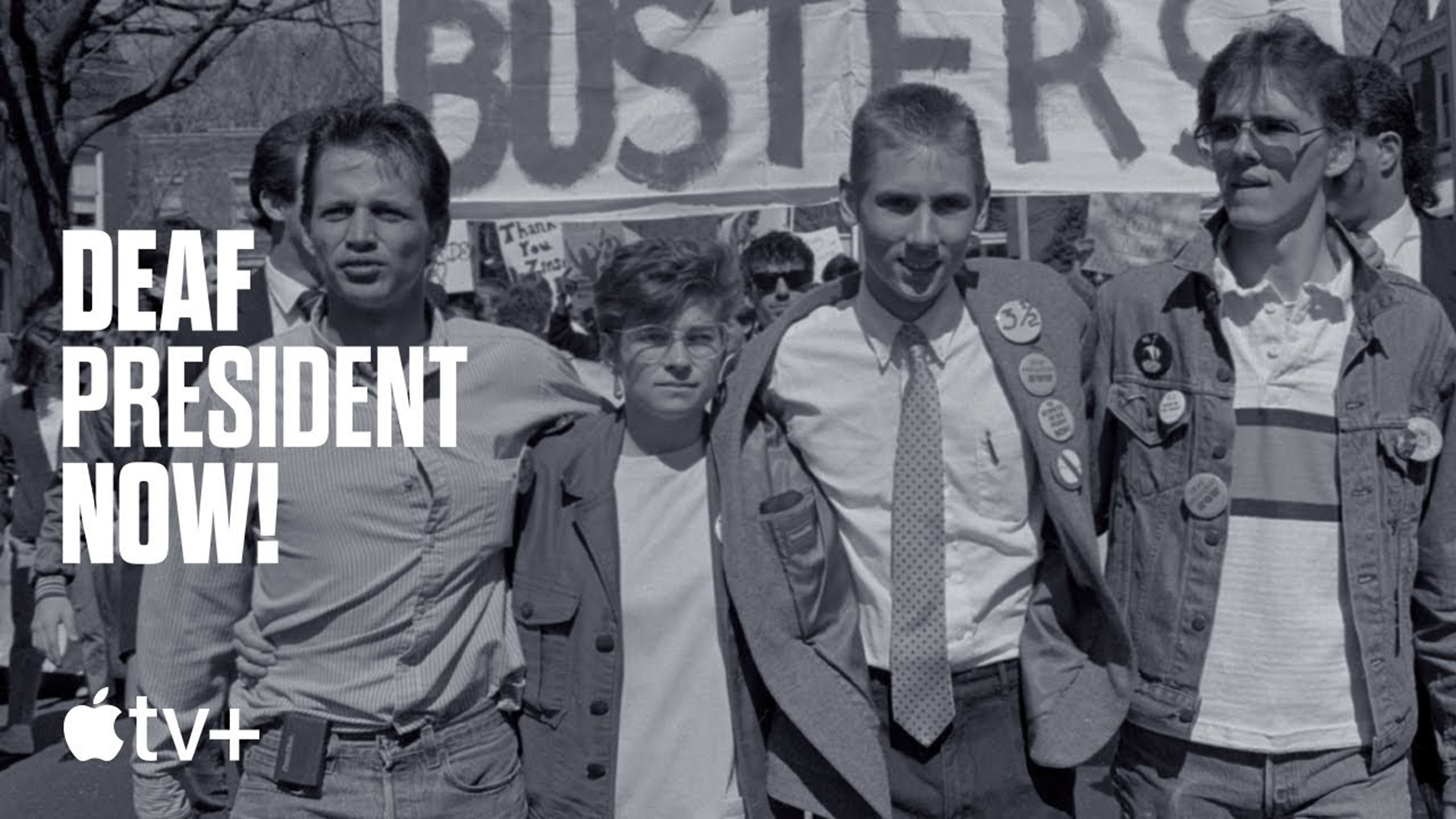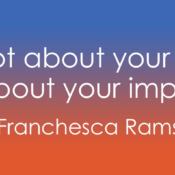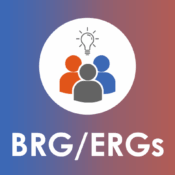
Ownership Beyond Representation: My Reflections on Deaf President Now!
Last weekend, I watched a documentary on Apple TV+ called Deaf President Now!, and I haven’t stopped thinking about it since.
This remarkable film, directed by Nyle DiMarco and Dasis Guggenheim, chronicles the 1988 student-led protest at Gallaudet University. Open since 1864, Gallaudet University remains the world’s only university for Deaf and hard of hearing students. Up to 1988, Gallaudet University had never had a Deaf president. When yet another hearing individual, Elisabeth A. Zinser, was selected for the role—despite qualified Deaf candidates in consideration—students, faculty, and community members stood up and said NO.
And not just “no” to one person. They said no to the system that continually devalued Deaf leadership. What unfolded was an eight-day sit-in protest which ultimately forced the Gallaudet University Board of Trustees to ultimately appoint its first Deaf president: Dr. I. King Jordan.
This retelling was powerful—rich in storytelling, layered in emotion, and filled with moments of unflinching truth. Growing up in the Deaf community, I knew the general basis of the Deaf President Now movement, but seeing it come alive through archival footage and first-hand interviews made this story so much more visceral. This documentary was not just a history lesson - it was a reminder of where we come from, and how far we still have to go.
“By us, for us”
What struck me most wasn’t just the success of the protest. It was the clarity of the message behind it. The students weren’t just asking to be heard. They weren’t asking for input. They were simply, rightfully demanding representation.
I've been lingering on this notion ever since. There is a distinct need to differentiate between the notorious statement “Nothing about us without us” and reinforce the value of “By us, for us.”
“Nothing about us without us” is used often in the disability rights movement - and rightly so. It’s a powerful phrase which insists on inclusion. By all accounts, individuals with disabilities must be part of mainstream decision-making in matters that affect our lives. This phrase says: don’t make laws or policies that impact our community if you’re not going to include us at the table.
But Deaf President Now went beyond “Nothing about us without us.”
The grassroots community movement gave a spotlight to the unjust systems of power maintaining control in a space that belongs to the Deaf community… a real issue that is still prevalent 37 years later.
“By us, for us” represents going beyond involvement, and extends to representation in power. Beyond mere consultation to empowered creation. Beyond being invited into a space to owning a space created by us and for us.
Yet, when I look around at many of our institutions, especially ones that serve the Deaf, DeafBlind, hard of hearing, and disability communities, too often I still see hearing and able-bodied individuals in positions of power. Running schools for the Deaf. Leading nonprofits that provide programs for our respective communities. Designing products and services supposedly built with our best interests in mind—but rarely led by individuals with lived experience in the communities they serve.
I don’t say this to discount the efforts of hearing and non-disabled individuals with good intentions. Many, but not all, of these individuals have helped move the needle in crucial ways. However, I admittedly struggle calling these individuals “allies,” especially as they often perpetuate the status quo by continuing to prioritize “outsider” leadership in spaces that should be Deaf-/or disability-led, respectively.
It doesn’t sit right with me.
Deaf President Now didn’t just call for Deaf representation in a leadership search. It challenged a system that had excluded Deaf leadership for over a century. It demanded recognition of the capability, intelligence, and lived knowledge within the Deaf community.
It was a call for systemic change—not just a symbolic one.
The protest should have been a turning point—not just for Gallaudet University, but for the broader ways we think about leadership in our communities. And yet, here we are, still having to fight for “by us, for us” in many of our most critical spaces.
Deaf President Now wasn’t simply a response to the appointment of another hearing president. It was a declaration: We are capable of leading. We deserve to lead. Our lived experiences matter not only in consultation—but in ownership, in vision, in execution.
So what does that mean for us today?
Deaf and disability community members need to stop settling for tokenism - full stop. Let’s stop being satisfied with inclusion that looks good on paper but doesn’t actually translate to influence and power. We must push harder for true leadership through representation—Deaf-led, disability-led, community-rooted leadership—in every space that serves us, respectively.
To drive effective systemic change, we must also look inwards… Starting today!
Are we challenging the status quo in our own circles? Are we investing in Deaf- and/or disability-owned businesses to keep the community economy alive? Are we building pathways for youth who are Deaf/hard of hearing and/or have disabilities to become leaders? Are we supporting businesses run by individuals who are Deaf/hard of hearing and/or have disabilities, empowering grassroots organizations, and promoting these communities’ professionals in policy, education, and media? Are we ensuring that the stories told about us are being told by us?
Those who are not Deaf/hard of hearing or have a disability must actively work to dismantle ableist structures and amplify marginalized perspectives, rather than perpetuating superficial inclusion. The call is to listen, learn, and leverage privileges to create truly equitable spaces, not just offer symbolic representation.
This necessitates direct investment in Deaf- and/or disability-owned businesses. It also requires actively seeking out and participating in disability-led spaces to gain firsthand understanding from those with lived experience in an inaccessible world. The focus should be on amplifying the perspective and visibility of the Deaf and disability communities themselves, rather than overshadowing them. The goal is to inspire authentic representation, not appropriation.
Watching Deaf President Now made me feel proud, yes—but also fired up! The protest was a victory - but not a conclusion. The movement was a statement, but not one that has fully been realized by the Deaf and disability communities. The real success of Deaf President Now lies in how we carry that legacy forward.
So let’s not just be satisfied with being consulted.
Let’s own it.
Let’s build more Deaf-led, disability-led spaces that don’t just include us—rather, they are built by us, for us, and in service of us.
The protest may have ended in 1988, but the movement is far from over. It’s time to keep the momentum, commit to our communities, and drive lasting systemic change for generations to come.



